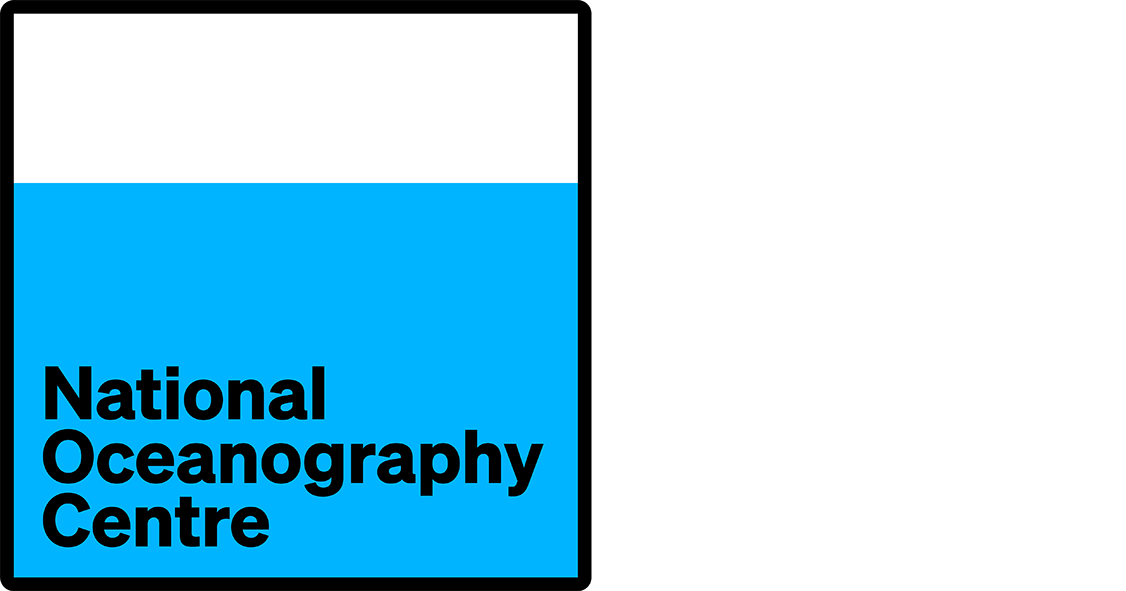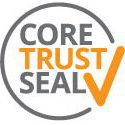Metadata Report for BODC Series Reference Number 1196263
Metadata Summary
Problem Reports
Data Access Policy
Narrative Documents
Project Information
Data Activity or Cruise Information
Fixed Station Information
BODC Quality Flags
SeaDataNet Quality Flags
Metadata Summary
Data Description |
|||||||||||||||||||||||||||||
|
|||||||||||||||||||||||||||||
Data Identifiers |
|||||||||||||||||||||||||||||
|
|||||||||||||||||||||||||||||
Time Co-ordinates(UT) |
|||||||||||||||||||||||||||||
|
|||||||||||||||||||||||||||||
Spatial Co-ordinates | |||||||||||||||||||||||||||||
|
|||||||||||||||||||||||||||||
Parameters |
|||||||||||||||||||||||||||||
|
|||||||||||||||||||||||||||||
|
|||||||||||||||||||||||||||||
Problem Reports
No Problem Report Found in the Database
Data Access Policy
Open Data supplied by Natural Environment Research Council (NERC)
You must always use the following attribution statement to acknowledge the source of the information: "Contains data supplied by Natural Environment Research Council."
Narrative Documents
Neil Brown MK3 CTD
The Neil Brown MK3 conductivity-temperature-depth (CTD) profiler consists of an integral unit containing pressure, temperature and conductivity sensors with an optional dissolved oxygen sensor in a pressure-hardened casing. The most widely used variant in the 1980s and 1990s was the MK3B. An upgrade to this, the MK3C, was developed to meet the requirements of the WOCE project.
The MK3C includes a low hysteresis, titanium strain gauge pressure transducer. The transducer temperature is measured separately, allowing correction for the effects of temperature on pressure measurements. The MK3C conductivity cell features a free flow, internal field design that eliminates ducted pumping and is not affected by external metallic objects such as guard cages and external sensors.
Additional optional sensors include pH and a pressure-temperature fluorometer. The instrument is no longer in production, but is supported (repair and calibration) by General Oceanics.
Specifications
These specification apply to the MK3C version.
| Pressure | Temperature | Conductivity | |
| Range | 6500 m 3200 m (optional) | -3 to 32°C | 1 to 6.5 S cm-1 |
| Accuracy | 0.0015% FS 0.03% FS < 1 msec | 0.0005°C 0.003°C < 30 msec | 0.0001 S cm-1 0.0003 S cm-1 < 30 msec |
Further details can be found in the specification sheet.
RRS John Biscoe cruise JB10 Leg 3 BODC data processing
The files were processed and calibrated at the British Antarctic Survey and were sent to BODC in excel format. The following parameters were sent: pres, sal, temp, sigma-t, ptemp,sigma-th, press/10, sal/10, ptemp/10, but not all were transferred as it was not clear how the originator obtained them.
The data were converted to BODC internal format (a netCDF subset) using BODC established procedures. Two parameters were derived by BODC. The following table shows how the variables within the originator's files were mapped to appropriate BODC parameter codes:
| Originator's Parameter Name | Units | Description | BODC Parameter Code | Units | Comments |
|---|---|---|---|---|---|
| press | - | Pressure (spatial co-ordinate) exerted by the water body by profiling pressure sensor and corrected to read zero at sea level | PRESPR01 | dbar | - |
| temp | - | Temperature of the water body by CTD or STD | TEMPST01 | °C | - |
| sal | - | Practical salinity of the water body by CTD and computation using UNESCO 1983 algorithm | PSALST01 | - | - |
| - | - | Potential temperature of the water body by computation using UNESCO 1983 algorithm | POTMCV01 | °C | Derived by BODC |
| - | - | Sigma-T of the water body by computation from salinity and temperature using UNESCO algorithm | SIGTPR01 | Kg m-3 | Derived by BODC |
Reformatted CTD data were visualised using the in-house graphical editor EDSERPLO. Quality control flags were applied to data as necessary.
RRS John Biscoe cruise JB10 Leg 3 CTD originator's data processing
Sampling Strategy
A total of 19 CTD profiles were performed during the cruise. The bottles were fired at different depths throughout the water column. Water samples were also collected for studies on phytoplankton, suspended particulate matter, oxygen isotopes and salinity.
Instrument Descriptions
CTD Unit and Auxiliary Sensors
The CTD unit consisted of a Neil Brown MkIII attached to a carousel with 12 x 2.5 l bottles. The CTD sensors were pressure, conductivity and temperature.
Field Calibrations
Many water samples were taken for salinity meansurements but unfortunately the on-board Autosal proved to be unusable in anything other than flat,calm conditions. Therefore the salinity calibrations were done back at Cambridge. Calibrations were performed laboriously using the BAS Microcomputer.
Project Information
Marine Geophysics- Scotia and Bellingshausen
Introduction
Marine geoscience in the Scotia and Bellingshausen Seas was one of the main research interests for British Antarctic Survey (BAS). The investigations were carried out by a group of scientists based at the University of Birmingham, which was absorbed by BAS in the mid- 1980's.
The different survey methods included, amongt others, multichannel and single channel seismic reflection, deeptow boomers, GLORIA (Geological Long Range Inclined Asdic) side-scan sonar and HAWAII-MR1 (HIGP Acoustic Wide_Angle Imaging Instrument) swath bathymetry and side-scan sonar.
This project was funded by BAS and most of the surveys were also carried out by this institution.
Scientific Objectives
This project was carried out in order to gain a better understanding of the Southern Ocean's:
- Tectonic history
- Active tectonic processes
- Paleoceanography
- Stratigraphy
- Ice dynamics during glacial intervals
Data Availability
Data sets collected during this project are available to the academic community.
Data Activity or Cruise Information
Cruise
| Cruise Name | JB10 Leg 3 |
| Departure Date | 1990-02-28 |
| Arrival Date | 1990-03-23 |
| Principal Scientist(s) | Carol J Pudsey (British Antarctic Survey) |
| Ship | RRS John Biscoe |
Complete Cruise Metadata Report is available here
Fixed Station Information
No Fixed Station Information held for the Series
BODC Quality Control Flags
The following single character qualifying flags may be associated with one or more individual parameters with a data cycle:
| Flag | Description |
|---|---|
| Blank | Unqualified |
| < | Below detection limit |
| > | In excess of quoted value |
| A | Taxonomic flag for affinis (aff.) |
| B | Beginning of CTD Down/Up Cast |
| C | Taxonomic flag for confer (cf.) |
| D | Thermometric depth |
| E | End of CTD Down/Up Cast |
| G | Non-taxonomic biological characteristic uncertainty |
| H | Extrapolated value |
| I | Taxonomic flag for single species (sp.) |
| K | Improbable value - unknown quality control source |
| L | Improbable value - originator's quality control |
| M | Improbable value - BODC quality control |
| N | Null value |
| O | Improbable value - user quality control |
| P | Trace/calm |
| Q | Indeterminate |
| R | Replacement value |
| S | Estimated value |
| T | Interpolated value |
| U | Uncalibrated |
| W | Control value |
| X | Excessive difference |
SeaDataNet Quality Control Flags
The following single character qualifying flags may be associated with one or more individual parameters with a data cycle:
| Flag | Description |
|---|---|
| 0 | no quality control |
| 1 | good value |
| 2 | probably good value |
| 3 | probably bad value |
| 4 | bad value |
| 5 | changed value |
| 6 | value below detection |
| 7 | value in excess |
| 8 | interpolated value |
| 9 | missing value |
| A | value phenomenon uncertain |
| B | nominal value |
| Q | value below limit of quantification |

